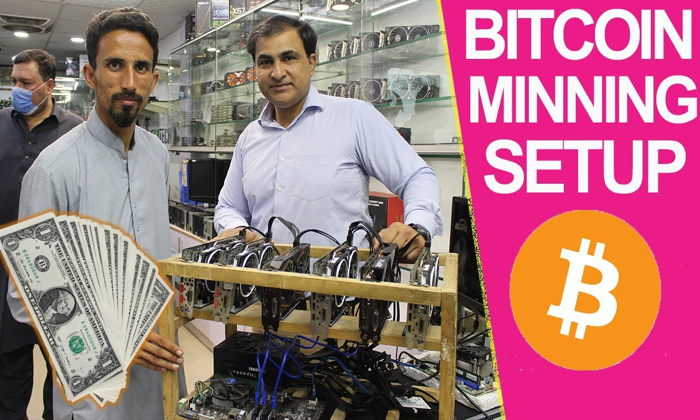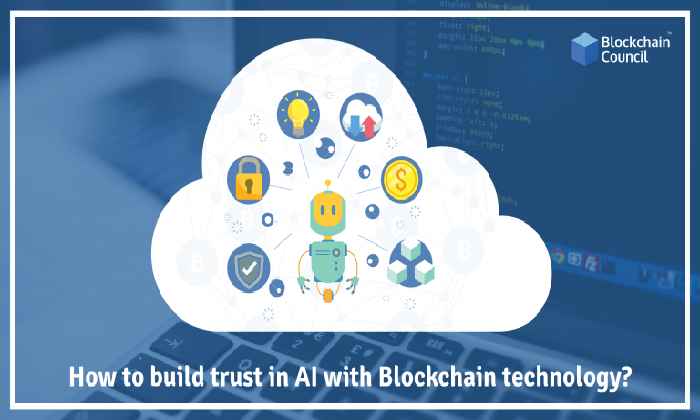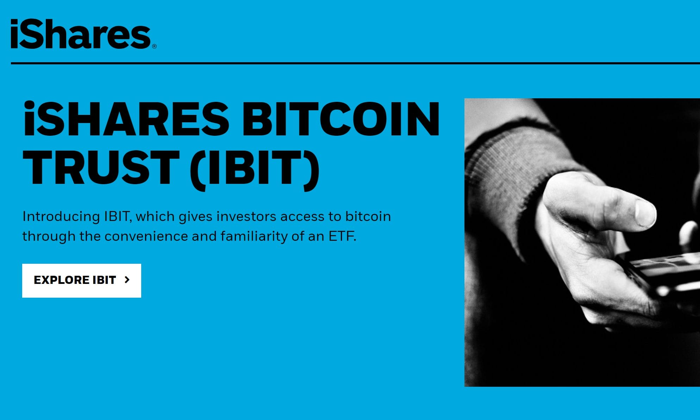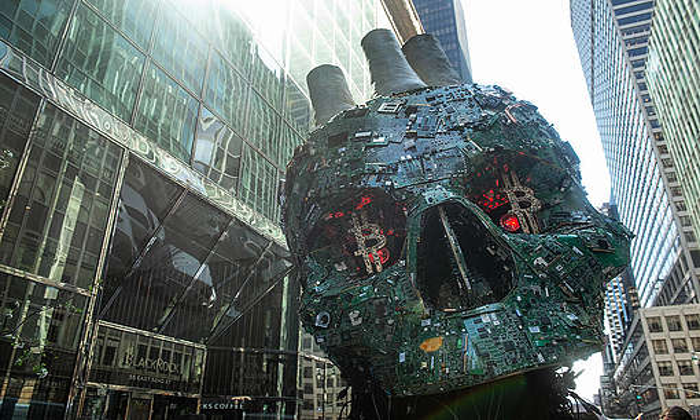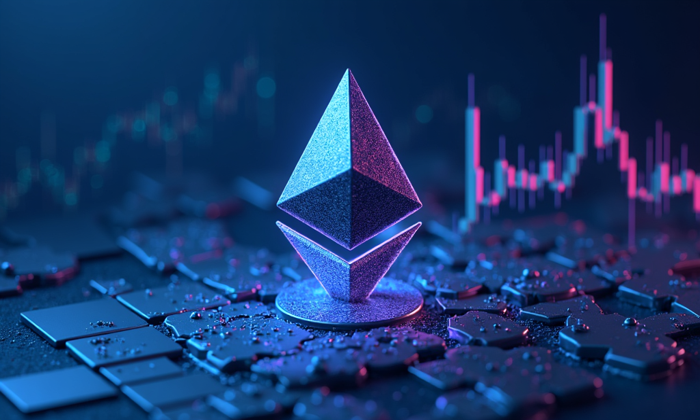Real Asset Tokenization is revolutionizing investment by making productive assets more accessible to a broader audience. By leveraging blockchain technology, tokenized real estate allows for fractional ownership, enabling individuals to invest in high-value properties that were once reserved for elite investors. This innovative approach not only democratizes capital but also provides stable returns by focusing on real-world asset productivity rather than speculative ventures. In the realm of RWA investment, assets such as infrastructure and intellectual property create consistent revenue streams, further reinforcing their value. With this shift towards blockchain assets, investors can now diversify their portfolios in exciting new ways, ensuring their investments are grounded in tangible value.
The emergence of asset digitalization through tokenization is reshaping the landscape of investment and ownership. Alternative terms such as asset-backed tokens and digital securities highlight the growing trend of transforming physical assets into blockchain-enabled entities, allowing for broader participation in lucrative markets. This paradigm shift emphasizes how innovative technology facilitates access to profitable ventures, fostering inclusivity in the investment landscape. By opening doors to opportunities traditionally dominated by institutional players, this movement empowers individuals to invest in essential resources such as real estate, infrastructures, and commodities. As the financial world evolves, the intersection of technology and tangible value enhances the overall investment experience for everyone.
Understanding the Extraction Economy
The extraction economy refers to a system where profits are generated primarily through speculation and market manipulation rather than the actual creation of value. This contrasts starkly with productive asset ownership, where the focus shifts towards tangible outcomes. In this type of economy, financial gain is often dependent on the poor decision-making of others rather than on sound investment principles. As such, this system typically excludes the average investor, limiting access to wealth creation and leading to inordinate levels of risk-taking.
Notably, the rise of meme coins exemplifies the extraction economy’s allure and pitfalls. While these coins may provide momentary excitement and profits for a select few, they predominantly create losers in the long run. The volatility and unpredictability of such investments serve as reminders of the importance of financial literacy—a requirement for navigating an increasingly complex financial world. Without sufficient knowledge, many investors fall prey to sophisticated marketing strategies that prey on their hopes and aspirations.
The Power of Tokenized Real Estate
Tokenized real estate represents a significant leap towards democratizing access to investment opportunities that were previously limited to affluent individuals and institutional players. By utilizing blockchain technology, fractional ownership becomes feasible, allowing investors to participate in lucrative property markets without needing substantial capital. This revolutionary development is pivotal in reshaping the real estate investment landscape, making it accessible to a broader demographic who can now reap stable returns from productive assets.
Furthermore, the benefits of tokenized real estate extend beyond accessibility. These assets generate revenue through consistent sources such as rental income, irrespective of market fluctuations. This contrasts sharply with speculative assets, where value is contingent upon future buyers’ intentions. This foundational shift towards investment in tangible, revenue-producing properties ensures that all participants can potentially benefit from asset performance, fostering a more inclusive and stable investment environment.
Exploring Real Asset Tokenization: A New Era of Investment Opportunities
Real asset tokenization emerges as a compelling alternative in the investment ecosystem, offering ways to engage with formerly out-of-reach investments. This process involves converting real-world assets, like real estate and commodities, into digital tokens on a blockchain, thereby providing liquidity and accessibility. By lowering the barriers to entry, investors can own a fraction of assets that generate passive income and wealth-building opportunities. As a result, tokenized assets can help democratize capital, forging connections between diverse investors and previously inaccessible markets.
Moreover, tokenization enhances transparency and efficiency in the liquidity of real estate investments. Investors benefit from the assurance of blockchain’s decentralized ledger technology, which verifies ownership and transaction histories while reducing fraud risks. This creates a newfound sense of trust within the real estate market. Furthermore, the accessibility of fractional ownership through tokenized real estate streamlines the process of capital allocation, enabling a more seamless transition from traditional investment methods.
Blockchain Assets and Their Role in Modern Investment
Blockchain assets represent a transformation in how we view and manage investments. These assets leverage cryptography and decentralized systems to create an immutable record of transactions, enhancing security and transparency. As industries move towards adopting blockchain, assets that are tokenized—such as real estate, art, and collectibles—become not only more manageable but also more flexible and liquid. This newer digital approach to traditional assets transforms the engagement of investors across various sectors by accommodating diverse strategies and preferences.
In addition, the tokenization of real-world assets (RWAs) like real estate has profound implications for portfolio diversification and risk management. Investors are no longer relegated to traditional sectors but can now explore innovative avenues that offer greater returns with less exposure to market volatility. Increased liquidity allows for quicker transactions, making it easier to buy or sell assets at any given time, further reinforcing the value of incorporating blockchain assets into modern investment strategies.
Democratizing Capital Through Real Asset Tokenization
The democratization of capital is a crucial shift heralded by the advent of real asset tokenization. By breaking down financial barriers, it allows individual investors to partake in asset classes typically monopolized by wealthy institutions. These assets have inherent value that transcends market speculation, providing stable returns derived from their productive use. As tokenization becomes more mainstream, it paves the way for a more inclusive financial landscape where the average person can invest in solutions that yield consistent value.
In doing so, real asset tokenization addresses systemic inequalities prevalent in traditional finance, where access to lucrative investments is often restricted. This evolution is not just about investing in high-value assets but shifting the paradigm toward more equitable opportunity. By utilizing advanced technology, real asset tokenization fosters a financial ecosystem that values accessibility and productivity, encouraging broader participation and ultimately leading to a more resilient economic framework.
Comparing Speculative Investment Models with RWAs
The contrast between speculative investment models and real-world assets (RWAs) highlights the fundamental differences in investment philosophies. While speculative models rely on market trends, hype, and false narratives to generate profit, RWAs offer intrinsic value rooted in the physical assets that generate consistent yields. By focusing on the productive capacities of assets, investors engaged in RWAs can benefit from returns that emerge from real performance, rather than relying solely on the whims of the market.
This stability not only benefits investors but also fosters a healthier investment environment overall. By prioritizing productivity over speculation, RWAs encourage sustainable investment practices. The emphasis on asset productivity leads to a positive-sum scenario where participants can benefit collectively, contrasting sharply with the zero-sum nature of speculative investments where one person’s gain is often another’s loss.
The Challenges Ahead for Real Asset Tokenization
Despite the immense potential of real asset tokenization, several challenges remain in fully realizing its promise. Regulatory frameworks need to adapt to accommodate this emerging financial paradigm, ensuring a secure and compliant environment for investors. Additionally, the reliability of oracles and custodial solutions becomes critical as these technologies underpin the functionality of tokenized assets within the blockchain framework. Without robust solutions to these issues, the vast potential of RWAs remains untapped.
Moreover, there is a pressing need for market development initiatives that foster awareness and understanding of tokenized assets among potential investors. Educational campaigns are essential in empowering individuals with the knowledge required to navigate these new investment landscapes confidently. The inclusive nature of RWA investments hinges on removing complexities and misunderstandings that might deter participation, ensuring that a diverse range of investors can leverage these innovative opportunities.
Market Evolution: The Rise of Tokenized Assets
The rise of tokenized assets signals a significant evolution in how markets operate. By enabling fractional ownership and enhancing market liquidity, tokenized assets are creating unprecedented opportunities for both investors and asset owners. This transformation not only attracts capital from a broader spectrum of investors but also stimulates innovation in various sectors as companies seek to leverage blockchain technology to propel their growth and efficiency.
As markets continue to evolve, the integration of tokenized assets is poised to reshape traditional industries, particularly in real estate, finance, and commodities. This shift encourages a more democratic engagement in investment opportunities, breaking down financial barriers and facilitating the allocation of capital toward productive assets that drive economic growth. The ongoing development of tokenized assets serves as a catalyst for new investment strategies and sustainable approaches to wealth generation.
From Speculation to Stability: The Future of Investment
The future of investment is increasingly leaning towards stability, driven by the positive attributes of real asset tokenization. Investors are beginning to prioritize long-term gains obtained from income-producing assets rather than quick returns obtained through speculative trading. This shift reflects a collective desire for sustainable investment practices that contribute to wealth building without relying on volatile market dynamics. Tokenized assets, with their inherent productivity, serve as a foundation upon which the future of investment can be constructed.
As market participants recognize the advantages of investing in productive real assets, we may witness a decline in speculative trading behaviors fueled by FOMO (fear of missing out) and impulsive decisions. This transformation will facilitate a shift in investor priorities, steering capital towards long-term growth, stability, and value creation. By championing real asset tokenization, the future of finance encapsulates a paradigm that rewards informed decision-making and encourages a more responsible approach to wealth accumulation.
Frequently Asked Questions
What are the benefits of Real Asset Tokenization for investors?
Real Asset Tokenization (RWA) offers several benefits for investors, including access to productive assets previously available only to wealthy institutions. By tokenizing real estate or other tangible assets, individuals can invest with lower minimum amounts, enabling fractional ownership. This democratizes capital, allowing more people to participate in asset classes that generate stable returns, such as rental income and operational revenue.
How does tokenized real estate work within the RWA framework?
Tokenized real estate functions by converting physical properties into digital tokens on a blockchain. Each token represents a share of the property, enabling fractional ownership. Investors receive rental income proportional to their token holdings, regardless of the trading activity of the tokens themselves. This model ensures consistent cash flows from productive assets, separating it from speculative trading seen in other cryptocurrencies.
Can Real Asset Tokenization help in democratizing capital?
Yes, Real Asset Tokenization is pivotal in democratizing capital. By lowering investment barriers and allowing fractional ownership, more individuals can access high-quality investments like real estate and infrastructure. This broad participation creates a more equitable financial landscape, where the benefits of productive assets are accessible to a wider audience, beyond just affluent investors and institutions.
What challenges does blockchain face in Real Asset Tokenization?
While Real Asset Tokenization through blockchain provides numerous advantages, it also faces challenges such as ensuring regulatory compliance, establishing reliable price oracles, and developing secure custody solutions. Additionally, creating sufficient market depth for these tokenized assets is crucial to enhance liquidity and investor confidence. Addressing these challenges is essential to fully realize the potential of RWAs in the investment landscape.
How does blockchain increase liquidity in tokenized real estate investments?
Blockchain increases liquidity in tokenized real estate investments by providing a continuous market for trading these digital tokens. Unlike traditional real estate transactions, which can be lengthy and complex, tokenized assets can be bought and sold more easily through decentralized exchanges. This improved liquidity makes it easier for investors to enter and exit positions in productive assets as needed.
What is the role of fractional ownership in RWA investment?
Fractional ownership in RWA investment allows multiple investors to hold shares of a single asset, significantly lowering the minimum investment required. This approach makes it feasible for everyday investors to participate in high-value assets, such as commercial properties or intellectual property, which were once exclusive to wealthier individuals or institutions. It opens up avenues for diverse investment portfolios.
Why are productive assets important in Real Asset Tokenization?
Productive assets are vital in Real Asset Tokenization because they generate ongoing income streams, such as rent or royalties, independent of market speculation. This stability anchors the value of tokenized assets, making them more attractive to investors looking for consistent returns rather than the volatile price movements seen in speculative markets. RWAs emphasize the intrinsic value derived from asset productivity.
What are some examples of productive assets in Real Asset Tokenization?
Examples of productive assets within Real Asset Tokenization include tokenized real estate that generates rental income, infrastructure projects that produce revenue through operations, and intellectual property assets that yield royalties. Each of these categories provides ongoing cash flow, distinguishing them from assets that rely solely on speculative trading activity.
How does Real Asset Tokenization change the landscape for retail investors?
Real Asset Tokenization transforms the landscape for retail investors by providing access to an array of traditionally illiquid investments. Through fractional ownership and blockchain technology, retail investors can engage with high-quality assets like real estate, thereby increasing their investment options and potential for stable, long-term returns without the previous barriers to entry.
What future trends can we expect in Real Asset Tokenization?
Future trends in Real Asset Tokenization may include broader regulatory acceptance, enhanced technological infrastructure for smart contracts, and increased participation from institutional investors. These advancements will likely promote greater market maturity, improve liquidity, and lead to the further democratization of access to productive assets which can drive global investment diversification.
| Key Point | Explanation |
|---|---|
| Extraction Economy | Focus on speculative gains through memecoins that exploit poor decision-making. |
| Memecoins Dynamics | High failure rates, with 99.998% failing to maintain market cap, dependent on others’ losses. |
| Information Advantage | Prior knowledge facilitates profits for insiders while retail investors often lose. |
| Real Asset Tokenization (RWA) | Provides access to productive assets yielding stable returns and democratizing investment. |
| Underlying Value Difference | RWAs create monetary value derived from asset productivity rather than speculation. |
| Key Benefits of RWAs | Fractional ownership, global access, and continuous markets enhance accessibility and liquidity. |
Summary
Real Asset Tokenization offers a revolutionary approach to investment, enabling access to productive and stable assets that were previously reserved for the wealthy and institutional investors. Unlike the speculative nature of memecoins, RWAs are backed by tangible assets, generating sustainable income and benefits for all participants. By leveraging blockchain technology, RWAs provide fractional ownership, global accessibility, and programmable compliance, presenting a transparent and reliable investment landscape. As the infrastructure to support these assets matures, its potential to reshape financial markets is undeniable.
Real Asset Tokenization is revolutionizing the way we invest by transforming tangible assets into digital assets on the blockchain. This innovative approach opens doors to tokenized real estate, allowing everyday investors to participate in previously inaccessible markets. By creating blockchain assets from productive assets, Real Asset Tokenization aims to democratize capital, moving away from the speculative frenzy that often characterizes traditional investment landscapes. Instead of chasing volatile trends, investors can now look at RWA investments that promise stable returns through consistent asset productivity. The future of investment is bright, as Real Asset Tokenization paves the way for a more equitable economic environment.
The concept of tokenizing real-world assets is gaining traction in today’s financial landscape as it offers scalable opportunities for investors. By enabling the creation of fractional ownership and improving access to productive assets, this process significantly alters investment dynamics. Through mechanisms such as blockchain technology, these innovative investment strategies are set to change how we perceive wealth creation and distribution. Furthermore, the shift towards democratizing access allows a larger audience to benefit from traditional investment vehicles, previously reserved for institutional investors. This evolution in asset management emphasizes the importance of aligning investment opportunities with tangible value creation, enhancing stability in the marketplace.


